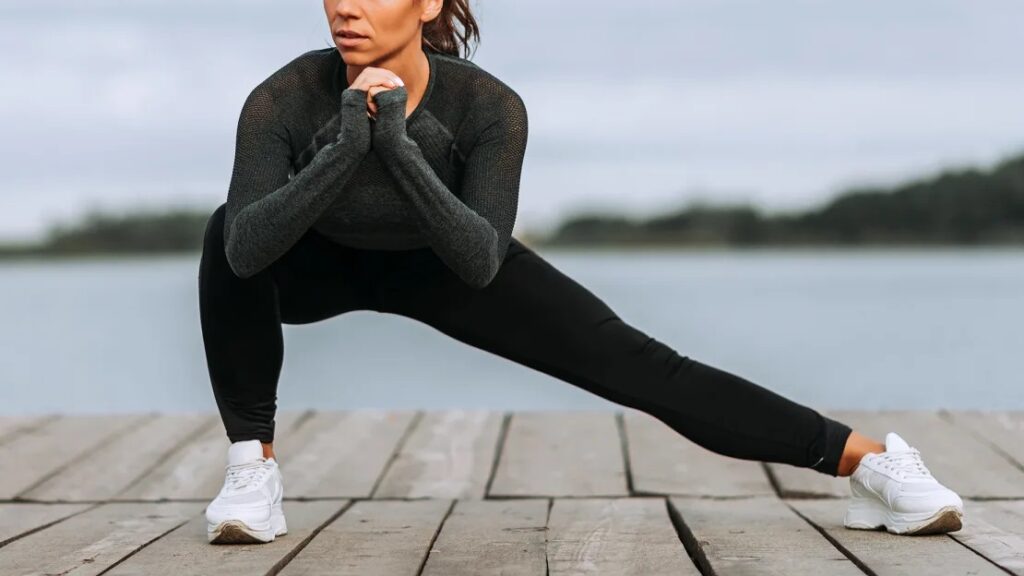Avoid injury, improve mobility with the side lunge exercise
Improving lateral mobility with side lunges can benefit daily activities and sports performance.
Most fitness routines focus on forward movements, neglecting lateral motion. Including exercises like side lunges in your regimen enhances stability and strength in the frontal plane, reducing injury risk and improving overall mobility.

Side lunges target various muscle groups, including quadriceps, hamstrings, glutes, and core, vital for preventing injuries like groin pulls and hamstring tears. They also enhance hip, knee, and ankle stability, reducing the likelihood of strains and sprains.
Consider the practical applications of side lunges in daily life:
- Maneuvering in crowded spaces: Enhanced lateral mobility aids in navigating busy streets or crowded areas.
- Performing household chores: Lateral movement is essential for tasks like sweeping or mopping.
- Engaging in recreational activities: Side lunges improve agility and quickness needed for sports like tennis or basketball.
- Enjoying outdoor adventures: Increased lateral strength and mobility are beneficial for hiking or skiing.
To perform a side lunge:
- Stand with feet hip-width apart.
- Take a wide step to the side with one foot while keeping the other grounded.
- Bend the stepping knee to 90 degrees while pushing hips back.
- Keep the opposite leg straight with both feet pointing forward.
- Maintain an upright posture and return to the starting position.
- Repeat for both sides, aiming for 10-12 reps per set.
Modify the exercise by adjusting stance width or using support like a chair or suspension trainer for balance. Start with a manageable number of repetitions and gradually increase intensity as strength improves.
Re-reported the article originally published in Cnn health









